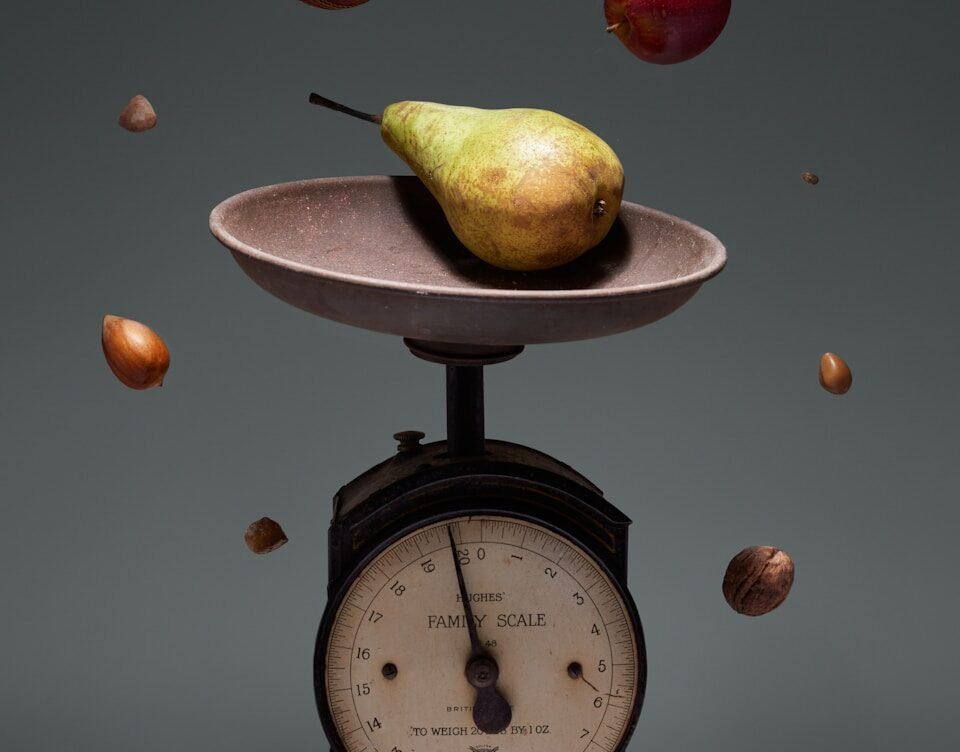
How Multitasking During Meals Derails Your Health Goals
How Multitasking During Meals Derails Your Health Goals
We live in a fast-paced world where multitasking feels like a necessity. Whether it’s answering emails while eating lunch or scrolling through social media during dinner, many of us believe we’re being productive. But what if this habit is secretly sabotaging your health goals?
In this post, we’ll explore why multitasking while eating can backfire leading to overeating, poor digestion, and even weight gain. Let’s dive in!
Why Multitasking and Eating Don’t Mix
Our brains aren’t wired to focus on multiple tasks at once especially when one of them involves eating. Here’s why:
1. You Eat More Without Realizing It
When distracted, your brain misses key signals from your stomach that say, Hey, I’m full! Studies show that people who eat while working or watching TV consume up to 25% more calories than those who focus on their meals.
– Example: Ever finished a bag of chips while binge-watching a show, only to realize you weren’t even hungry? That’s distracted eating in action.
2. Poor Digestion Starts in Your Brain
Digestion begins with the cephalic phase when your brain signals your stomach to prepare for food. If you’re distracted, this process weakens, leading to bloating, indigestion, and nutrient malabsorption.
3. You Miss Out on Enjoyment
Food isn’t just fuel it’s an experience. When you rush through meals, you lose the joy of flavors, textures, and mindful satisfaction.
The Science Behind Mindful Eating
Mindful eating paying full attention to your meal has proven benefits:
– Better portion control: You’re more likely to stop when satisfied.
– Improved digestion: Chewing thoroughly aids nutrient breakdown.
– Reduced stress: Focusing on your meal can lower cortisol levels.
Try This Simple Mindful Eating Exercise:
1. Pause before eating take three deep breaths.
2. Observe your food’s colors, smells, and textures.
3. Chew slowly, savoring each bite.
How to Break the Multitasking Habit
Changing habits takes time, but these small steps can help:
1. Designate Tech-Free Zones
– Keep phones and laptops away from the dining table.
– If eating at your desk, take a 10-minute break to focus solely on your meal.
2. Schedule Meal Times
Treat meals like important meetings. Block time in your calendar to eat without distractions.
3. Start with One Meal a Day
Begin with breakfast or dinner whichever is easiest. Gradually expand to other meals.
Real-Life Impact: A Personal Story
A few years ago, I used to eat lunch while answering emails. Despite choosing healthy salads, I’d still feel sluggish and hungry an hour later. Once I started eating mindfully, I noticed:
– Less cravings: I stayed full longer.
– More energy: Digestion improved.
– Greater appreciation for my meals.
FAQs About Multitasking and Eating
Q: Can I listen to music or podcasts while eating?
A: Light background noise is fine, but avoid content that demands full attention (like work calls).
Q: What if I’m too busy to eat without distractions?
A: Even 5 minutes of focused eating can make a difference. Start small!
Final Thoughts
Multitasking might feel efficient, but when it comes to meals, it often does more harm than good. By slowing down and savoring your food, you’ll not only support your health goals but also rediscover the simple pleasure of eating.
Your Turn: Have you noticed how distractions affect your eating habits? Share your experiences in the comments!
